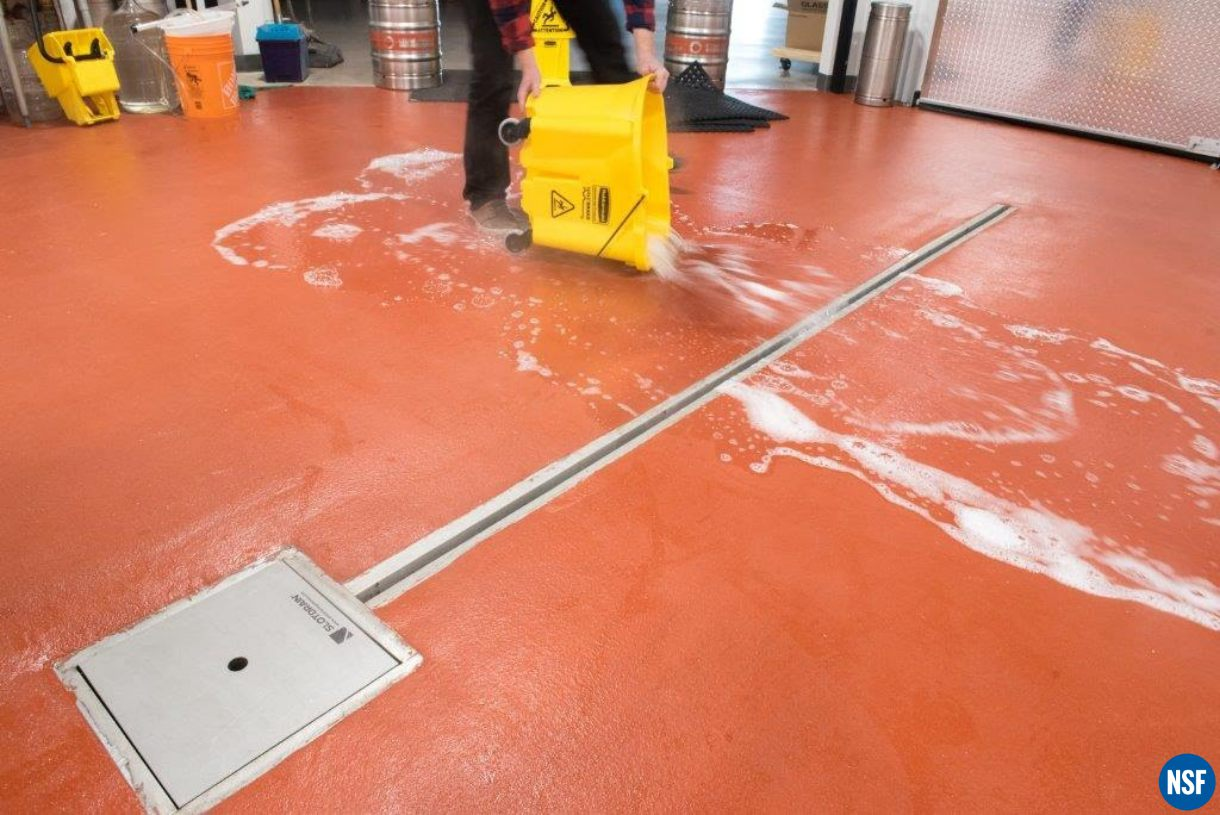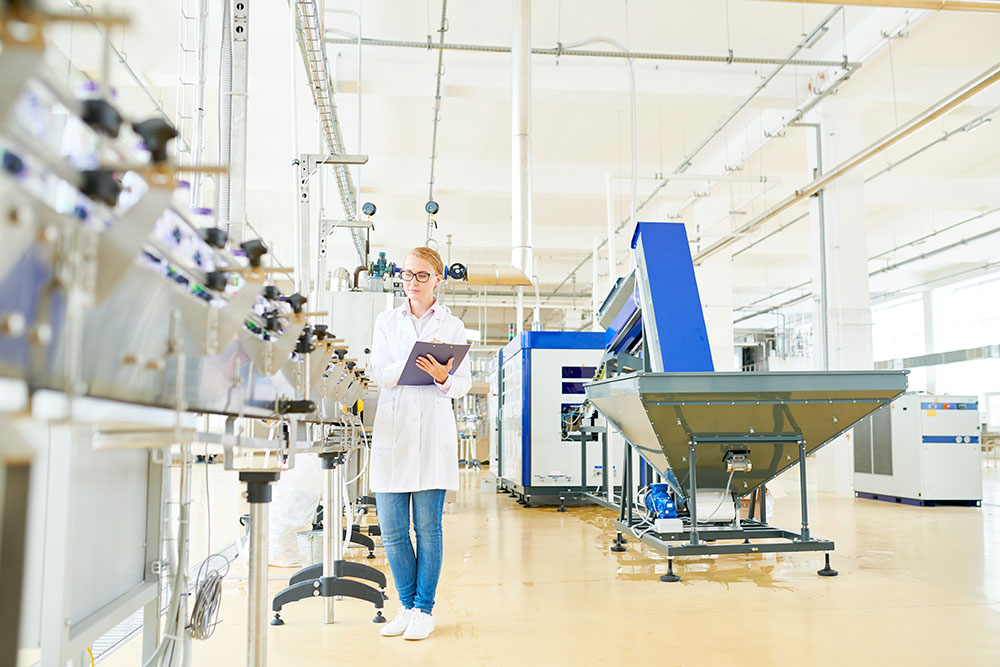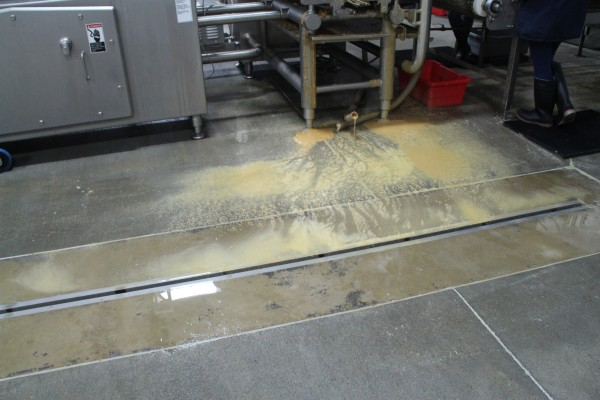People across the world put their faith in the food industry to provide them with safe food options. Food recalls are becoming more and more common, and the industry is under a great deal of scrutiny. Words aren't enough to ease the concerns of the public—those in the food industry need to prove their commitment to safe food by adding and improving the sanitation procedures and practices they rely on daily.
A safe and sanitary facility is the key to creating food products that the public will trust, ensuring that you maintain a good reputation and find success.
Here are some of the actionable cleaning and sanitation procedures in food industry facilities.
1. Conduct Ongoing Training Programs
Training employees properly is essential with all of the standards that the food industry is held to. All employees should have thorough training in their job, food and personal safety, and sanitation procedures. Training should be continuous, not just to ensure that information is retained but also to introduce new rules,
concepts, and methods. Cross-training employees in other tasks within the facility is also beneficial in case you are ever short-staffed.
2. Follow Sanitation Standard Operating Procedures (SSOPs)
Cleaning and sanitizing in food industry facilities is a multi-step process, and each step has an SSOP. It is crucial to ensure that you have the appropriate documentation available for sanitation crews, especially for the less frequent processes. An SSOP should include:
-
How to properly dismantle the equipment
-
How to use specific equipment
-
The chemical concentrations for various sanitizers
-
How long to let sanitizers sit on surfaces
These SSOPs are critical because using the wrong concentration or not following the steps precisely will lead to inadequate sanitation.
3. Verify Your Sanitation Processes
You cannot just trust that the surfaces in the facility have been sanitized; you need to verify the fact. To do so, you can use UV flashlights and ATP swab tests to check for any lingering bacteria. There are many more tests, but an easy one is a visual inspection. If the facility fails any test you perform, you will want to repeat the cleaning and sanitation procedures until the entire facility passes.
4. Use Verification Data to Improve Processes
Ideally, cleaning and sanitation procedures in food industries should only have to happen once to sanitize the facility. If it takes more than that, then you want to revisit your cleaning and sanitation procedures and practices and find ways to improve. You may want to consider consulting professionals for advice on what you can do for a more thorough cleaning and sanitation process.
5. Color Code Cleaning Tools
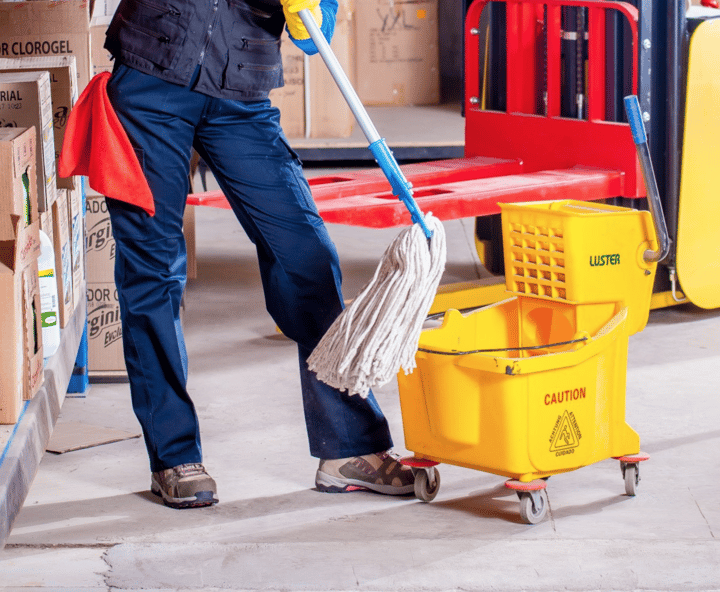
Using the right tools for the job isn't the only important part. You also want to color-code your various cleaning tools, including buckets, mops, scrubbers, and sprayers. Different colors should determine the different cleaning tasks and times, like during production or sanitation, to help avoid contamination.
6. Protect Sanitized Areas
Sanitizing an area is the most effective way to kill bacteria and contamination. Once you sanitize an area in your facility, you want to keep it that way, protecting it from contamination. Help protect these areas by having designated cleaning stations at entry points of the facility.
Here, employees can clean hands, shoes, tires, and any equipment that will touch sanitized surfaces. To further protect these sanitary areas, have signs, barriers, and color-coding to designate them from the rest of the facility.
7. Educate Employees on Importance of Sanitation
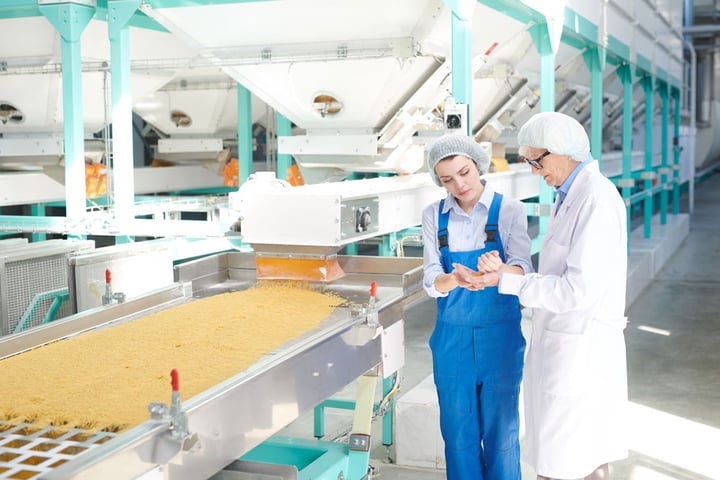
Not all employees take part in the cleaning and sanitation procedures in food industry plants. However, all employees, whether they help with cleaning and sanitizing or not, should be aware of how important the process is, and the impact of their actions on maintaining that sanitation level. Doing so means giving the sanitation crew adequate resources for the work, including time, training, team members, equipment, and other necessary products.
8. Maintain Your Water's Quality
Water has a large role in the sanitation process, so it is only natural that water quality is a crucial detail. For the sanitation procedures in food industry plants, you want to ensure you do not have hard water or water that contains things like silicates. Test the water at least once a year to maintain the desired chemistry.
9. Have a Documented Program in Place
While sanitation crews will know how to sanitize a facility, it is still beneficial to have a detailed program plan. The program should outline the cleaning and sanitizing procedures in food industry facilities specific to your plant, including the products you use and the tests that are done to verify facility cleanliness.
10. Slot Drain Installation
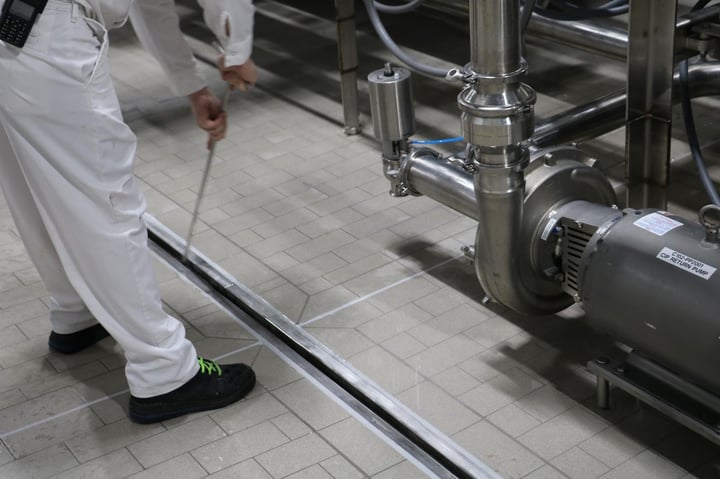
One vital part of cleaning and sanitation procedures in food industry facilities is a drainage system. FoodSafe Drains makes the 10,000 Series Slot Drain system, an NSF-certified sanitary drain made from food-grade stainless steel that keeps facility floors dry and free from bacteria and contamination. It is a sleek, easy-to-clean option that is ideal for any facility.
11. Clean Drain Systems
Overlooking the floor drain system is a fatal flaw for food processing facilities. Drains can play host to all sorts of bacteria and be a large culprit in spreading contamination throughout the facility. Cleaning the drain first is ideal for minimizing the risk of cross-contamination. Ideally, you want to clean them once a week to prevent any issues.
The Importance of Sanitizing Food Facilities
Food facilities are held to high standards for a reason. When they fail to meet the standards for cleaning and sanitizing procedures in food industry facilities, they are open to harmful, and even fatal, bacteria and contamination. This is not only dangerous, but it can lead to serious legal and financial consequences and even ruin the facility's reputation.
By taking the time to understand and figure out the best sanitation procedures in the food industry, for your plant, you will create a safer, cleaner facility that will succeed in production and earn the public's trust.
